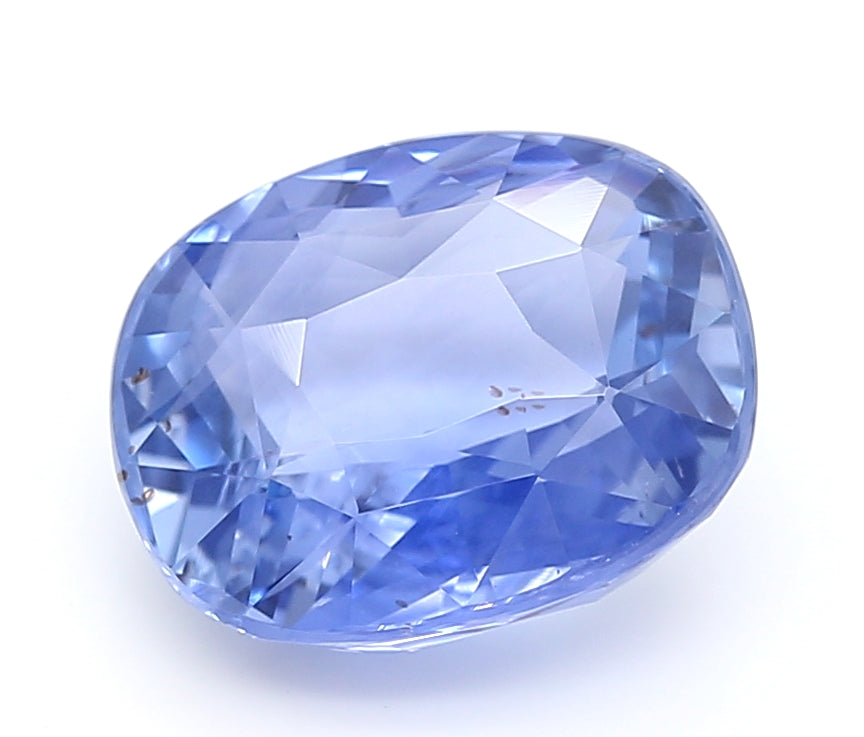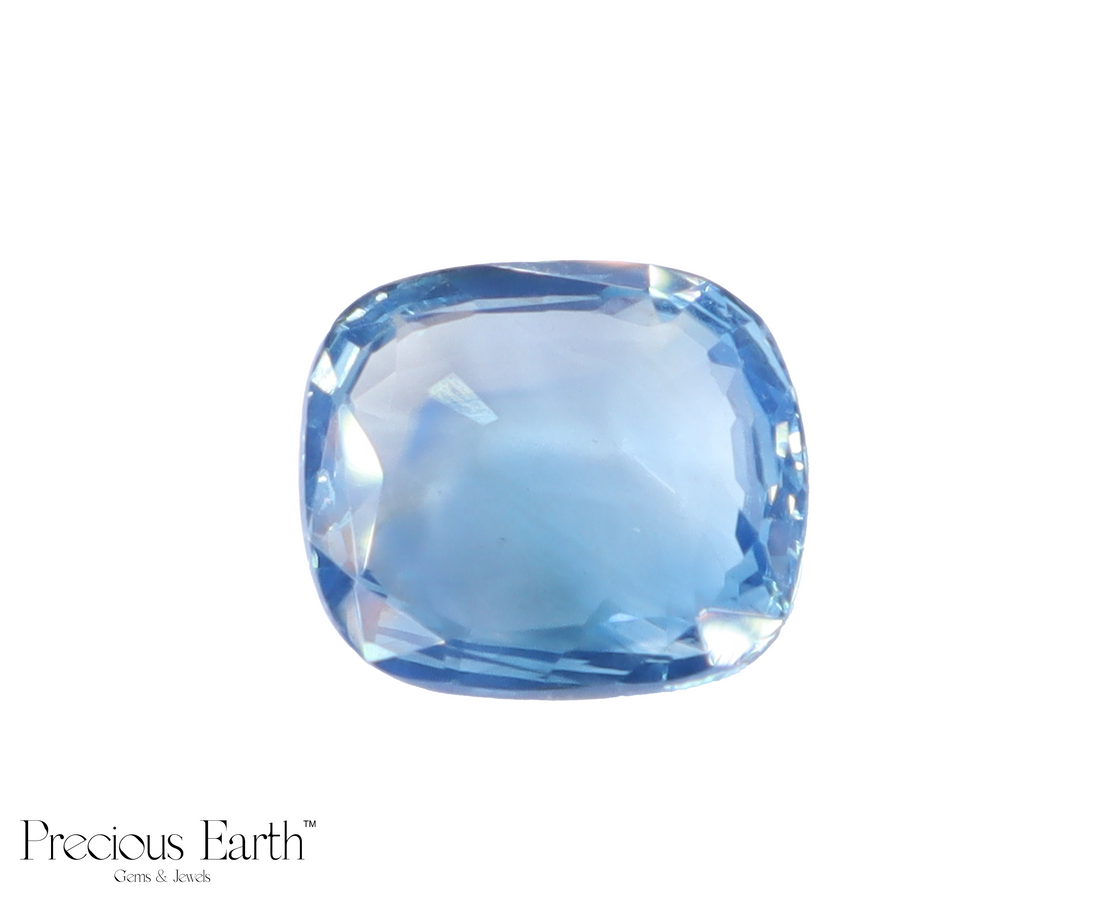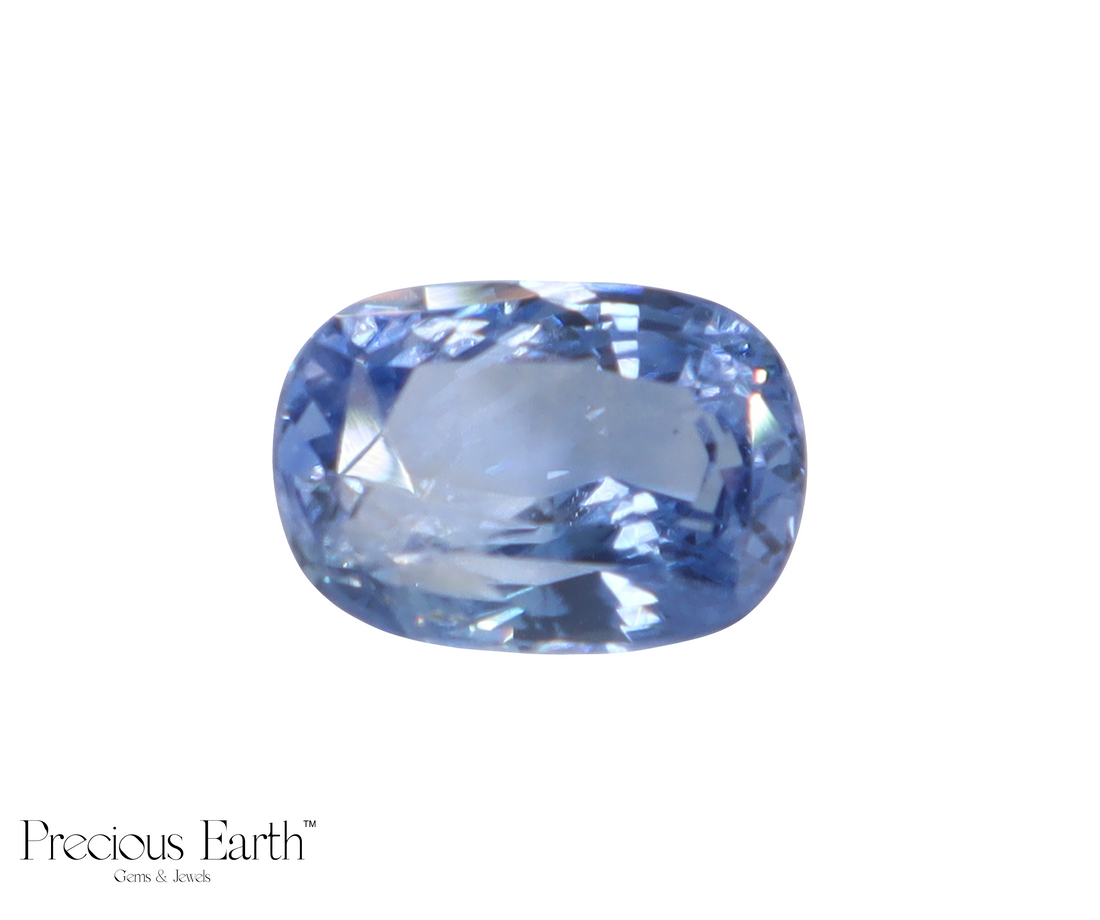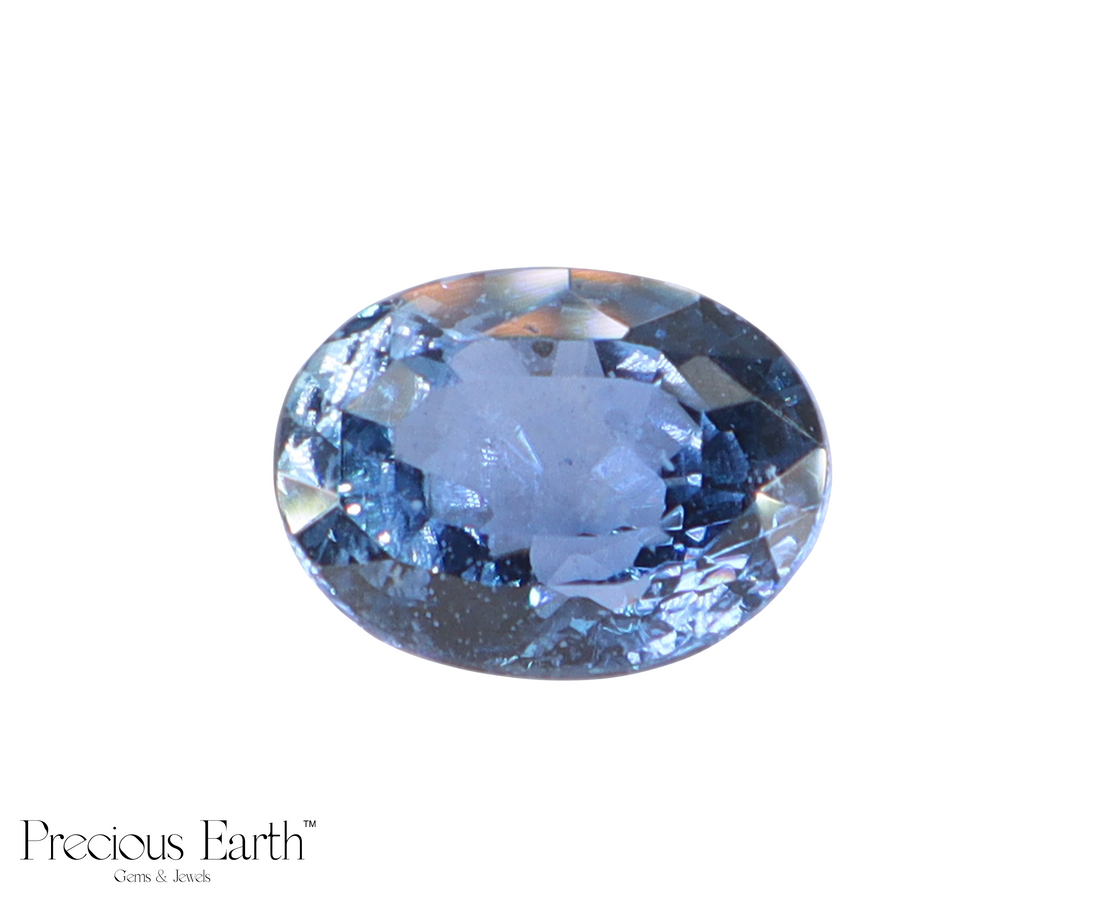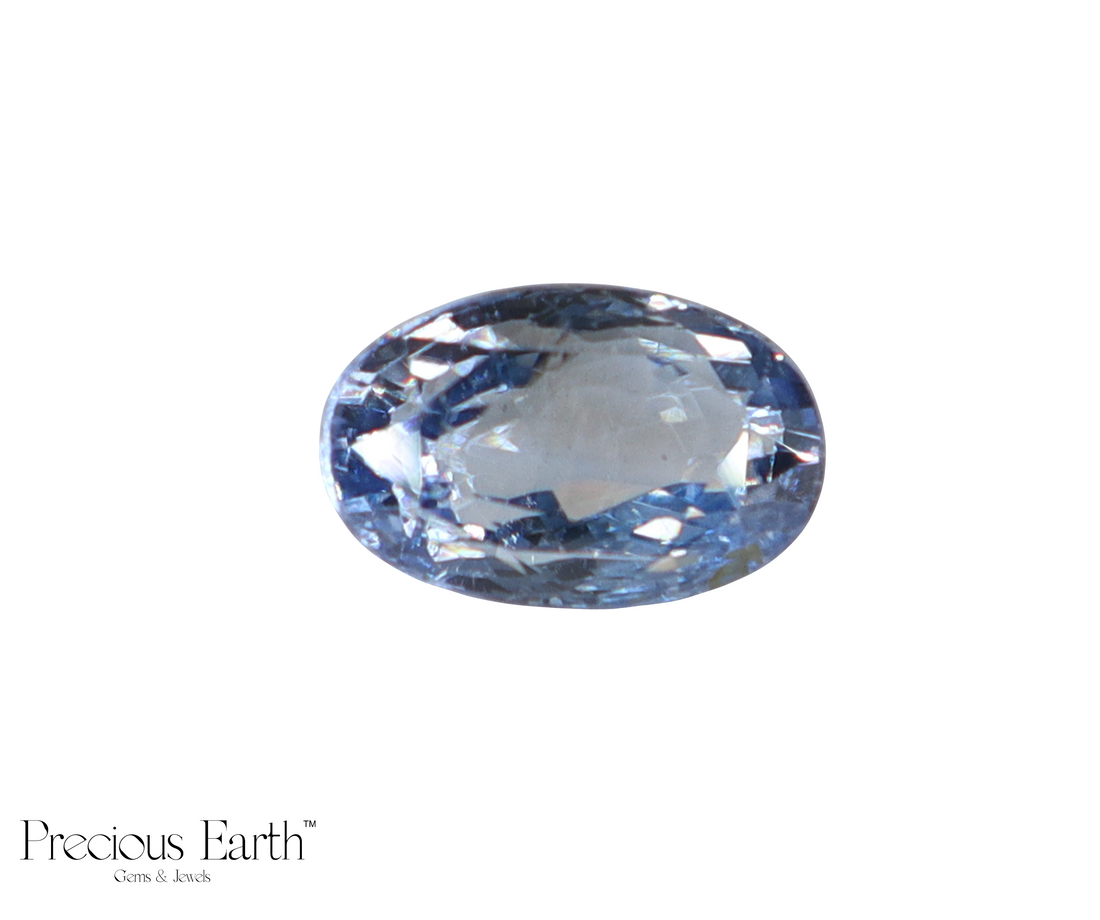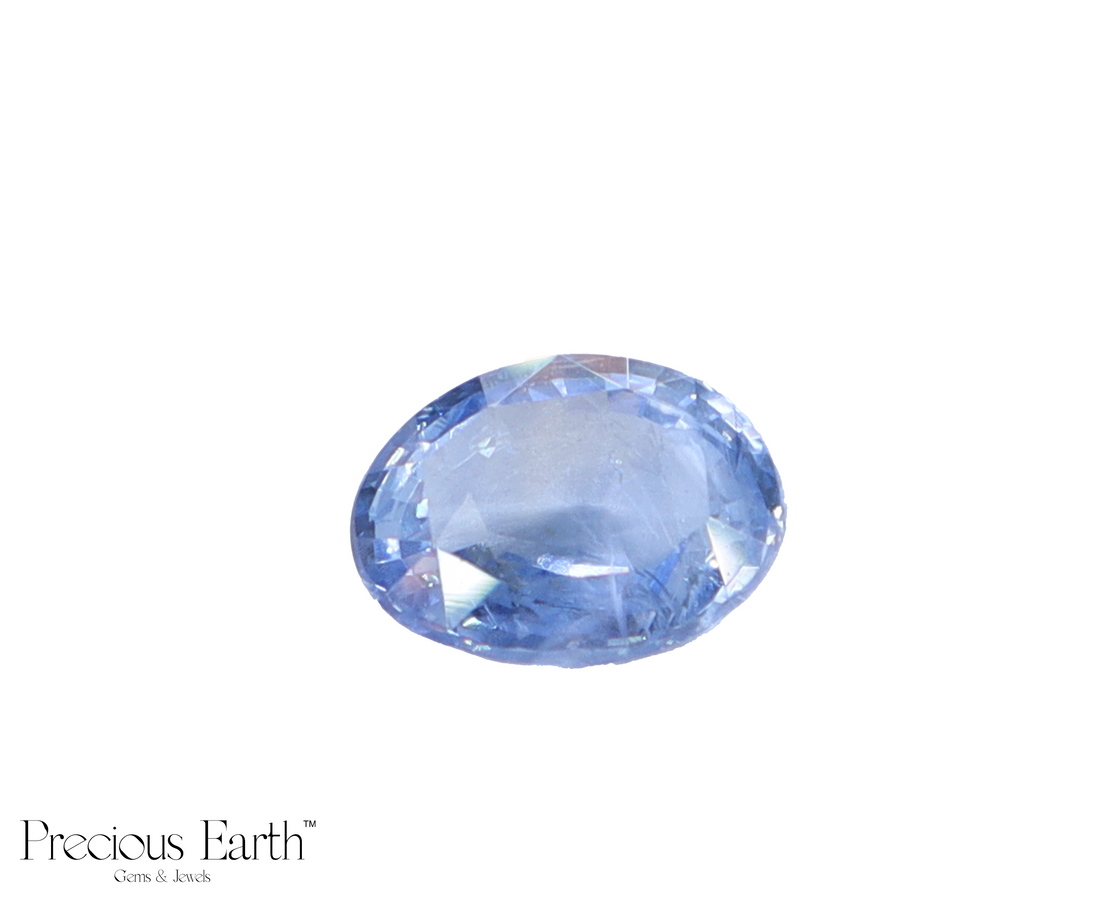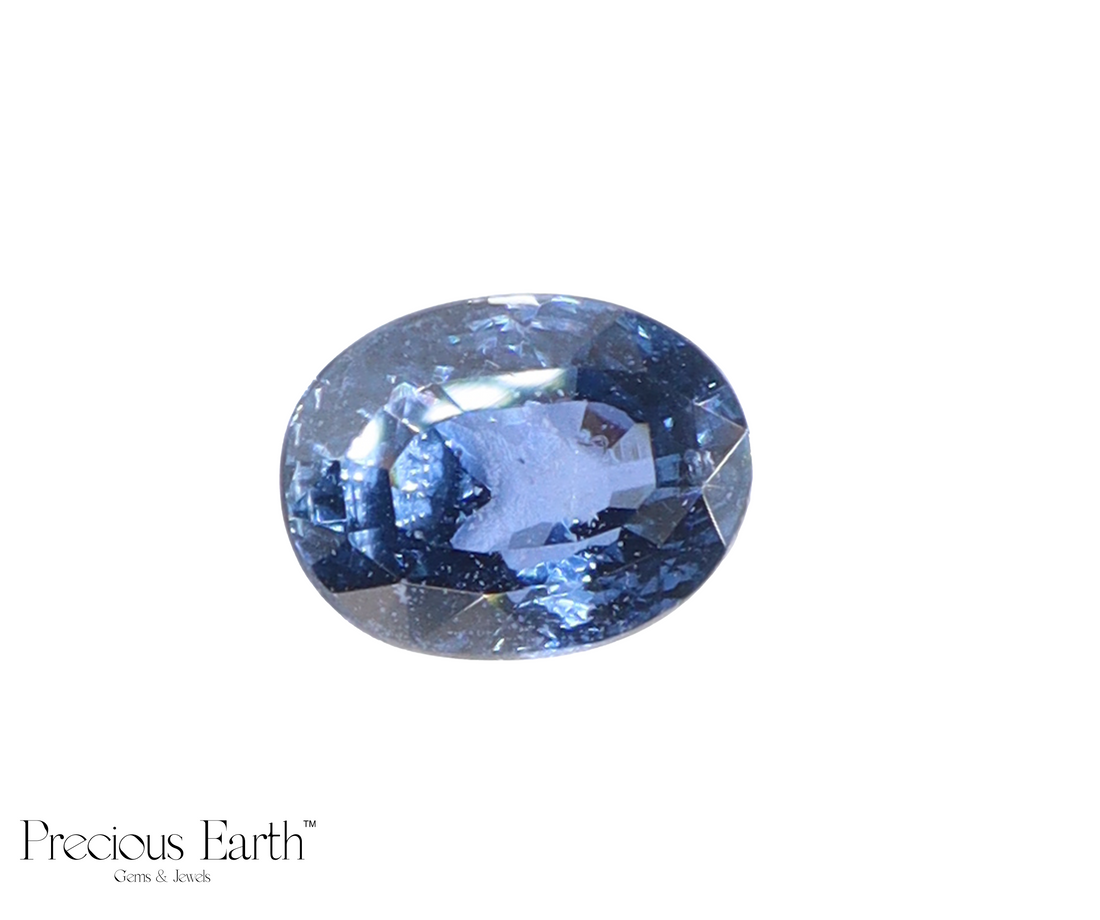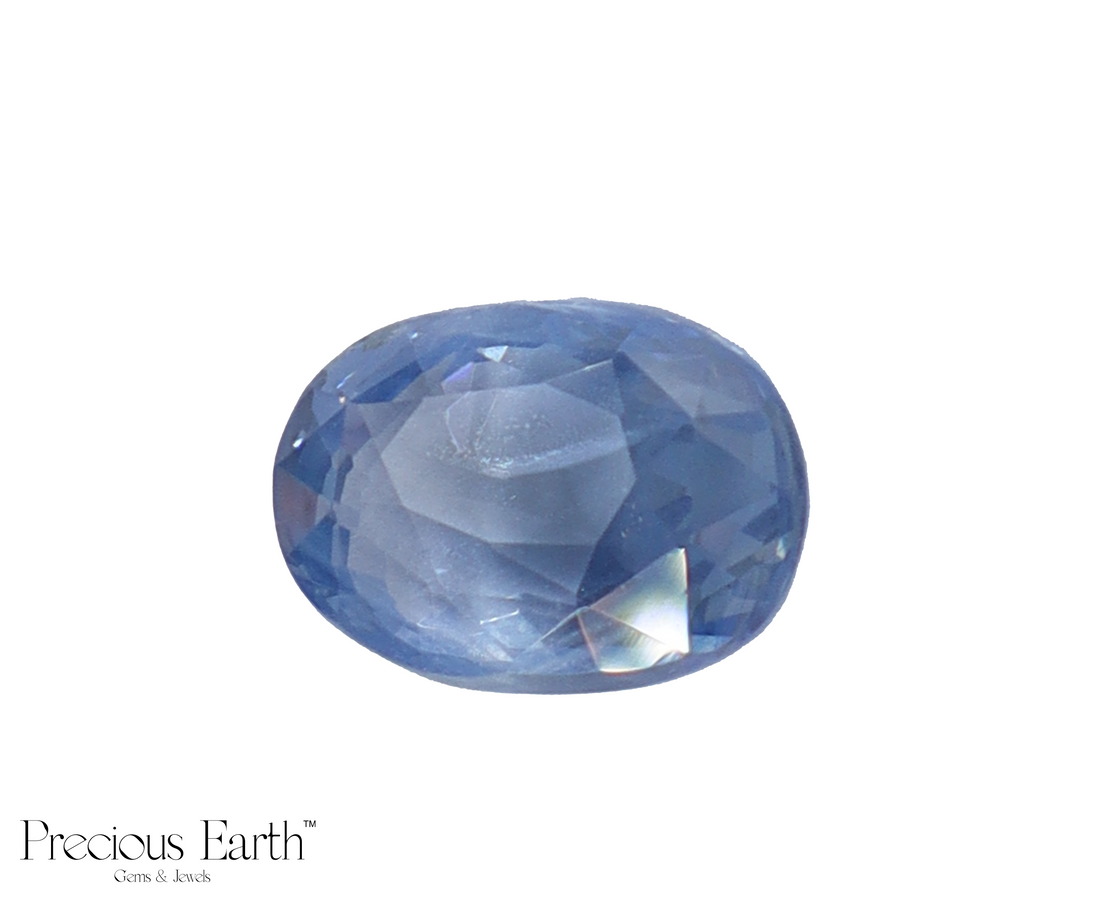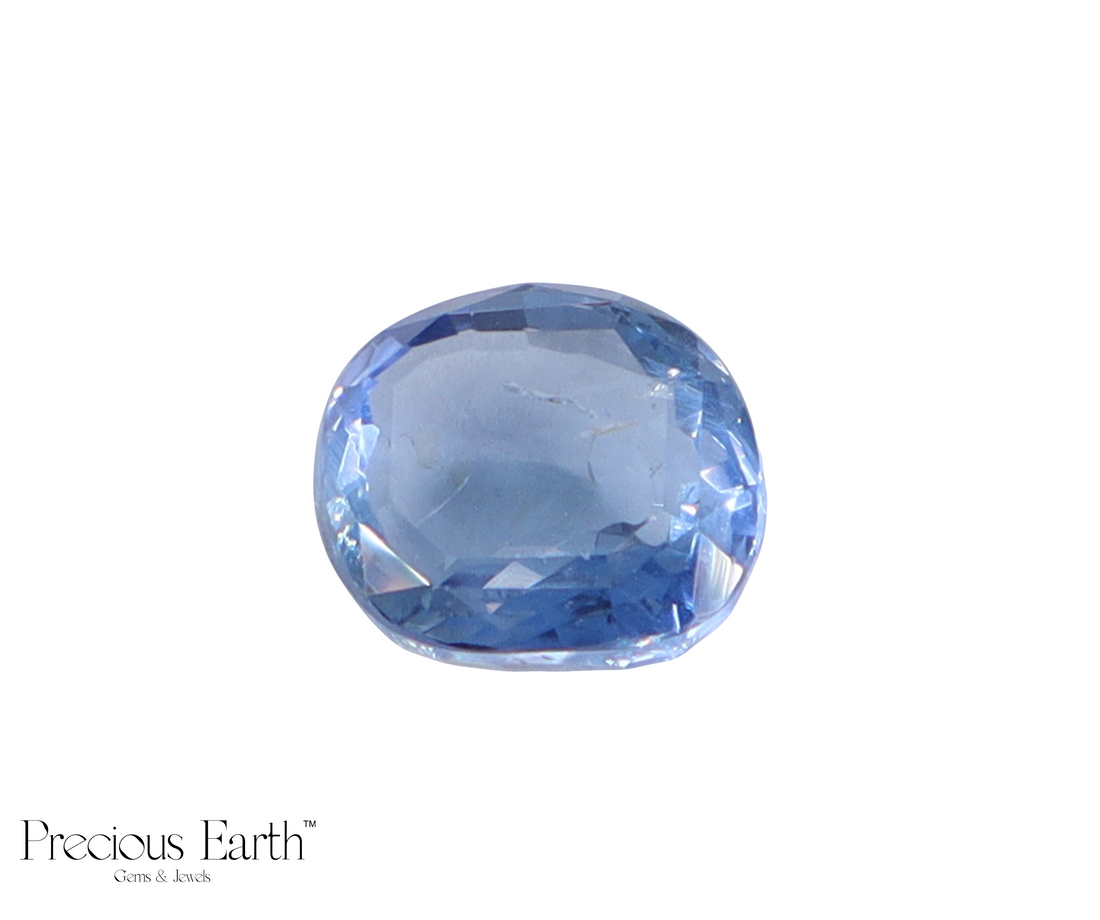This article serves as part of an ongoing series of profiles on the different varieties of precious & semi-precious gemstones. To view the entire list, click here.
Blue sapphires, popularly known as 'neelam stone' in India, are highly coveted and valuable gemstones that are widely sought after worldwide due to their stunning beauty and range of blue hues. The blue sapphire is prized by collectors of gemstones, designers of jewellery, and astrologers alike. In this profile, we delve into the various aspects of this gemstone, such as its origin, where it is mined, the range of its colours, the patterns of its inclusions, treatments it may undergo, quality criteria, price brackets, as well as its astrological significance.
1. Blue Sapphires - Formation & Occurrence
Blue sapphires are a type of corundum mineral that are formed under high-pressure conditions in the Earth's crust. The mineral is composed of aluminium oxide with trace amounts of iron, titanium, and chromium, which give it its blue coloration. The intensity and hue of the blue colour vary depending on the amount of each trace element present during formation. For example, sapphires with higher titanium content tend to be more vibrant and have a uniformly saturated blue colour.
Blue sapphires, or neelam stones, are often found in metamorphic and igneous rocks, as well as alluvial deposits, where the gemstone has been eroded and transported by water. The mineral's formation can take place in a range of geological settings, such as deep underground, where it crystallizes slowly under high pressure and temperature, or in sedimentary rocks that contain aluminium-rich minerals.
These gemstones are found in various locations around the world, including Madagascar, Sri Lanka, Burma, and Kashmir. Each location produces sapphires with unique characteristics, such as different hues or patterns of inclusions, due to the specific geological conditions prevalent in the particular mine or area.
2. Where Are Blue Sapphires Found?
Neelam stones are mined in many regions around the world, but some of the most popular mining locations include:
- Sri Lanka (Ceylon): Known for producing high-quality sapphires with a bright blue colour and excellent clarity. Sri Lankan sapphires are also known for their unique "velvety" appearance, which is caused by tiny inclusions within the gemstone.
- Myanmar (Burma): Now known as Myanmar, Burma is a historic source of high-quality blue sapphires. Burmese sapphires are known for their rich, saturated blue colour and excellent clarity, but they are also relatively rare and expensive.
- Kashmir: Considered the most prized sources of blue sapphires, the Kashmir region in India produces sapphires with a distinctive "cornflower" blue colour. Kashmir sapphires are highly valued for their rich colour and velvety appearance, but they are also quite rare (since production here was stopped in 1938) and can be very expensive.
- Australia: Australia is another important source of blue sapphires, with deposits found in several regions including Queensland and New South Wales. Australian sapphires are typically darker in colour and can exhibit a range of hues including blue, green, and yellow. They are also often heat-treated/thermally enhanced in order to improve their clarity and colour saturation.
It is worth noting that although the above list includes the most popular origins for blue sapphires, these gemstones are also be found in other countries, including Thailand, Tanzania, and the United States, among others. The quality and characteristics of sapphires from different regions can vary widely, and it is important to consider factors such as colour, clarity, and origin when evaluating a particular stone.
3. Are All Blue Sapphires, Indeed Blue?
Blue sapphires come in a range of colours, from light blue to deep navy blue. The most desirable and valuable blue sapphires are those with a rich, vivid blue colour and excellent clarity. The colour of a neelam stone can vary depending on its geographic origin, with Sri Lankan sapphires typically having a brighter, more saturated blue colour, while Burmese sapphires have a deeper, darker blue colour. Some blue sapphires may also occur in tandem with other colours such as yellow-blue (Pitambari sapphires), or even green-blue.
 Blue Sapphires occur in a range of blue hues
Blue Sapphires occur in a range of blue hues
4. Common Inclusions in Blue Sapphires
Like all gemstones, most blue sapphires contain inclusions, which are natural imperfections within the gemstone. Some of the most common inclusion patterns in blue sapphires include needle-like rutiles, known as "silk," and small mineral crystals, usually composed of other minerals. These inclusions can affect the clarity and appearance of the gemstone, but they can also add character and uniqueness to the stone.
 Rutile needles, also called "silk" within a Blue Sapphire stone (Source: Pinterest)
Rutile needles, also called "silk" within a Blue Sapphire stone (Source: Pinterest)
5. Common Treatments & Enhancements of Blue Sapphires
Blue sapphires are often treated to improve their colour and clarity. One of the most common treatments is heat treatment, which involves heating the gemstone to a high temperature to enhance its colour and clarity. Heat treatment can also dissolve inclusions and improve the overall appearance of the gemstone. This treatment is widely accepted within the gemstone industry and does not significantly affect the value of the gemstone.
| Mineral | Corundum |
|---|---|
| Colour Span | Pale violet-blue to a uniformly saturated cornflower blue |
| Popular Origins | Sri Lanka (Ceylon), Kashmir, Thailand, Myanmar (Burma), & Australia |
| Mohs Hardness | 9.0 (on a scale of 10) |
| Common Treatments | Thermal Enhancement |
| Birthstone | September |
Blue Sapphires (Neelam) - A Quick Snapshot
6. Evaluating the Quality of a Blue Sapphire
When assessing the quality of a blue sapphire, there are several factors to consider, including:
- Origin: Blue sapphires from certain regions, such as Sri Lanka and Burma, are generally considered more valuable than those from other regions. Kashmir blue sapphires are among the rarest and most premium varieties of the gemstone.
- Colour saturation: The most desirable blue sapphires have a rich, vivid blue colour with excellent saturation. Royal blue and cornflower flower blue sapphires are considered to be the epitome of blue colours in these gemstones.
- Clarity: Blue sapphires with fewer inclusions and blemishes are generally considered more valuable. This is, however, subjective, since some collectors and connoisseurs prefer gemstones that have certain specific types of inclusions.
- Carat weight: Like all gemstones, the value of a neelam stone increases exponentially with its size. A weight between 4 – 7 carats is considered standard, and specimens that weigh over 7 carats are considered to be large, and command a value premium.
To determine the overall quality of a blue sapphire, it is important to work with a reputable jeweller or gemmologist who can assess the gemstone's characteristics and provide an expert opinion.
7. How Much Do Blue Sapphires Cost?
The price of a neelam stone can vary widely depending on its quality, size, and geographic origin. Generally speaking, blue sapphires from Kashmir and Sri Lanka (Ceylon) are the most expensive, with prices ranging from several hundred to tens of thousands of dollars per carat. Blue sapphires from other regions, such as Madagascar and Australia, are typically less expensive, with prices ranging from several dozen to several hundred dollars per carat.
8. Blue Sapphires in Astrology
In Vedic astrology, the neelam stone is associated with the planet Saturn and is believed to have many beneficial properties, including:
- Bringing financial prosperity and success in business.
- Improving mental clarity and concentration.
- Reducing anxiety and stress.
- Providing protection from negative energies and influences.
 Blue Sapphires (Neelam) in Astrology
Blue Sapphires (Neelam) in Astrology
However, it is important to note that the use of gemstones for astrological purposes is a complex and controversial topic, and individuals should always consult with a qualified astrologer or gemmologist before using gemstones for these purposes.
In conclusion, the blue sapphire, or neelam stone, is a truly exceptional gemstone, boasting a rich history, unique inclusion patterns, and a captivating range of colours. Its formation deep within the Earth is a fascinating topic of interest for geology enthusiasts and gemstone collectors alike. With their allure, beauty, and rarity, blue sapphires appeal to a wide audience, from jewellery designers seeking the perfect centrepiece to astrologers looking for spiritual connections. This gemstone is a true testament to the natural wonders of the world and one that never fails to captivate and inspire those who are fortunate enough to appreciate it.


